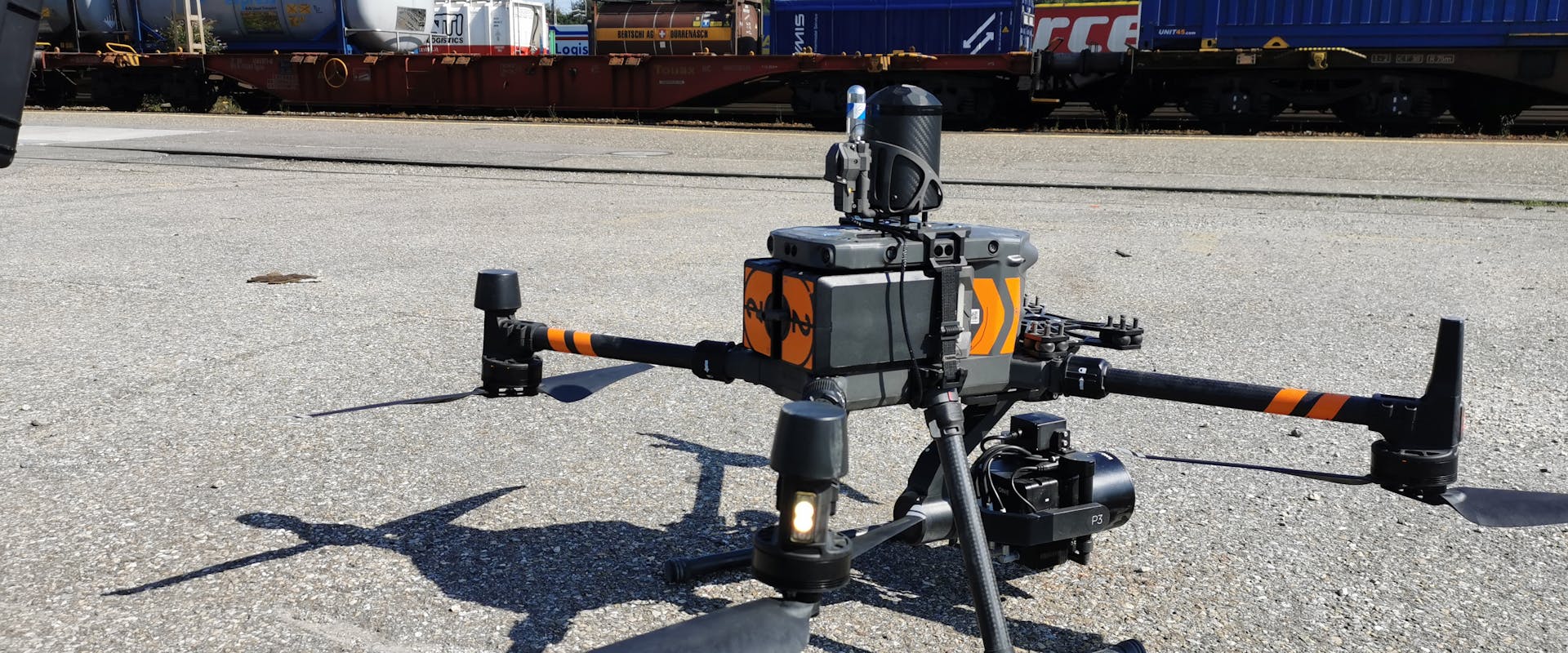Additional information
CSEM
Mario RUSSI
Project Manager
mario.russi@csem.ch
CSEM Media Relations
Sabina MÜLLER
media@csem.ch
+41 79 361 50 12
Butterfly-bush and staghorn sumac are popular additions to our gardens but are now considered problematic. The reason? These are invasive alien plants – invasive neophytes – and discussions about how to tackle them, as well as the ban on them, are becoming more prevalent. Invasive alien plants are not only a threat to our biodiversity, they are also capable of damaging infrastructure or even harming people. They are difficult to detect and tackle. This is where a current research project comes in: With the neophyte radar, the aim is to detect these unwanted guests from the air in future, using drones and AI. This is an important step in containing them.

Mario RUSSI
Project Manager
mario.russi@csem.ch
Sabina MÜLLER
media@csem.ch
+41 79 361 50 12